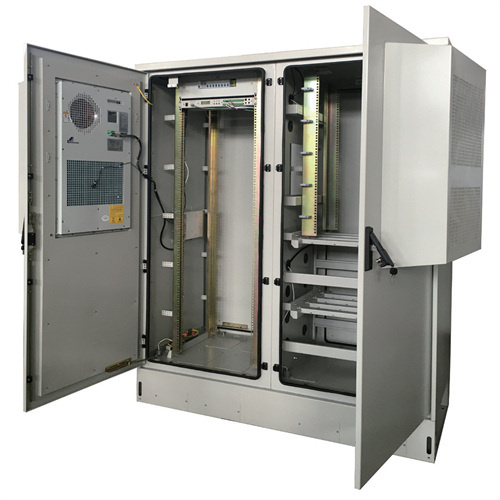About Photovoltaic cell efficiency limit
In physics, theradiative efficiency limit (also known as the detailed balance limit, Shockley–Queisser limit, Shockley Queisser Efficiency Limit or SQ Limit) is the maximum theoretical efficiency of a solar cell using a single p-n junction to collect power from the cell where the only loss mechanism is radiative.
In a traditional such as , a solar cell is made from two doped crystals, one an , which has extra free .
•.
The Shockley–Queisser limit is calculated by examining the amount of electrical energy that is extracted per photon of incoming sunlight.
It is important to note that the analysis of Shockley and Queisser was based on the following assumptions:1. One electron–hole pair excited per incoming photon .
• , using thesoftware program. This code was used to calculate all the graphs in this article.• Luque, Antonio, and Antonio Martí. "Chapter 4: Theoretical Limits of Photovoltaic.
The factors affectingwere expounded in a landmark paper byandin 1961.See for more detail. If one has a source of heat at temperature Ts and cooler heat sink at temperature Tc, the maximum theoretically possible value for the ratio of wor. The maximum theoretical efficiency calculated is 86.8% for a stack of an infinite number of cells, using the incoming concentrated sunlight radiation. When the incoming radiation comes only from an area of the sky the size of the sun, the efficiency limit drops to 68.7%.
As the photovoltaic (PV) industry continues to evolve, advancements in Photovoltaic cell efficiency limit have become critical to optimizing the utilization of renewable energy sources. From innovative battery technologies to intelligent energy management systems, these solutions are transforming the way we store and distribute solar-generated electricity.
When you're looking for the latest and most efficient Photovoltaic cell efficiency limit for your PV project, our website offers a comprehensive selection of cutting-edge products designed to meet your specific requirements. Whether you're a renewable energy developer, utility company, or commercial enterprise looking to reduce your carbon footprint, we have the solutions to help you harness the full potential of solar energy.
By interacting with our online customer service, you'll gain a deep understanding of the various Photovoltaic cell efficiency limit featured in our extensive catalog, such as high-efficiency storage batteries and intelligent energy management systems, and how they work together to provide a stable and reliable power supply for your PV projects.
Related Contents
- Photovoltaic cell efficiency at elevated temperatures
- Photovoltaic cell circuit
- Solar photovoltaic cell construction
- Photovoltaic cell products
- A photovoltaic cell is also called a
- Photovoltaic cell model
- Photovoltaic cell construction and working
- Copper photovoltaic cell
- Photodiode vs photovoltaic cell
- Photovoltaic cell resistance
- Photovoltaic cell light wavelength
- Photovoltaic cell pdf


